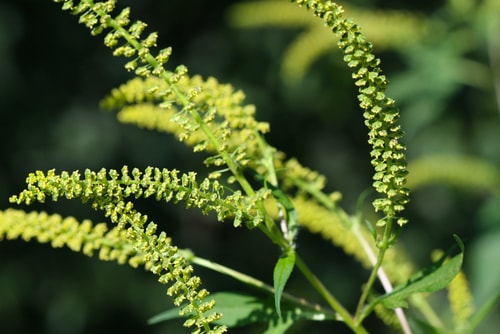Data collected includes Canada and the U.S.
By Diego Flammini
Assistant Editor, North American Content
Farms.com
A new survey published in Weed Science provides insights into giant ragweed distribution and management.
According to the study, giant ragweed has become an “increasing concern in the U.S. Corn Belt and mid-South, and in Canada, due in part to the steady increase in herbicide-resistant populations since the mid-1990s.”

Researchers from six universities and the USDA’s Agricultural Research Service polled certified crop advisors working in the corn-bountiful regions of the United States and Canada; the key findings of the survey include:
- Giant ragweed is spreading outward from crop fields in the east-central U.S. Corn Belt. It’s most prolific near the upper Mississippi River, and north of the Ohio River in Indiana, and western Ohio.
- Nearly 60 per cent of the surveyed areas reported giant ragweed populations resistant to ALS-inhibiting herbicides, glyphosate, or both.
- Populations of giant ragweed are highest in fields with minimum tillage, planted continuously with soybean crops and treated with multiple applications of a single type of herbicide.
- Giant ragweed is most prevalent in counties that offered early and prolonged periods of emergence and in crop fields with large populations of seed-burying earthworms.
What can farmers to do help protect their fields from giant ragweed?
“Where the weed is already established in crop fields, it is critical that growers focus on diversification,” said Ohio State University’s Emily Regnier, a member of the research team. “They need to plant a more diverse combination of crop species, use more diverse tillage practices and reduce their reliance on herbicides with a single site of action.”